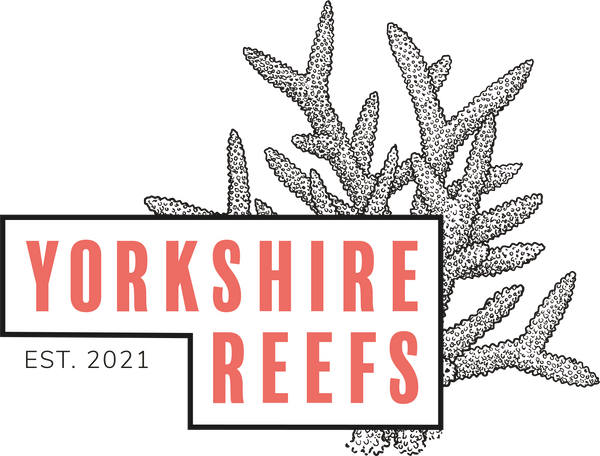You need to test the following things at least once per week. If you can do it more often, that’s great! Remember to keep a log of all your test results. If you have problems with your tank, the first thing we’ll ask for are your test results!
Generally, you want to match your parameters to the salt you're using for your tank. We use Red Sea salt here, so if you get your salt water from us, these are the numbers to aim for.
|
What |
What is it? |
Desirable level |
How do I alter it? |
|
Carbonate hardness (KH) |
KH refers to the waters ability to resist changes in pH. Don’t worry too much about that. It depletes over time as corals use carbonate ions to build their skeletons as they grow. Our favourite test kit is Salifert KH. |
8.0 |
Below 8? It’s time to start dosing. You'll need to add a bit of KH buffer daily to maintain a KH of 8 - there might be a little bit of trail and error in getting the right dose. Chat to us about a good starting point and the brands we like to use. Above 8? Check your salinity. If it’s right, don’t worry! It’ll come down as your corals start to grow and with water changes. |
|
Calcium (Ca) |
Calcium is an element which corals use with carbonate ions to build skeleton when they grow. It depletes over time as corals use it up. Our favourite test kit is the Reef Factory Smart Test Calcium kit. |
420 |
Below 400? It’s time to start dosing. You'll need to add a bit of calcium buffer daily to maintain calcium of 420 - there might be a little bit of trail and error in getting the right dose. Chat to us about a good starting point and the brands we like to use. Above 420? Check your salinity. If it’s right, don’t worry! It’ll come down as your corals start to grow. |
|
Nitrate (NO3) |
Nitrate comes from any organic waste in your tank, which has broken down from ammonia. Corals feed on nitrate, so we need some in the water column to keep them happy. Our favourites are Salifert Nitrate and Hanna High Range Nitrate Checker. |
5-10ppm |
Below 5? Try and feed your corals and fish a bit more and keep testing. If that doesn’t work, come and chat to us about the best way to raise it. Above 15? Time to do a water change! If it’s a long way above 15, come and talk to us about the best way to bring it down. |
|
Phosphate (PO4) |
Phosphate also comes from organic waste in your tank. Corals need some phosphates to survive, but too many and they will stop growing. Nitrate or phosphate that is too low or too high can also lead to unwanted algaes. Our favourite test kit is the Hanna Phosphate Ultra Low Range. |
0.06-0.1ppm |
Below 0.06? Try and feed your corals and fish a bit more and keep testing. If that doesn’t work, come and chat to us about the best way to raise it. Above 0.1? Lower the amount of fish & coral food going into your tank. Add a small amount of a phosphate removal media like RowaPhos. We can talk you through how much to use and how often. |
|
Salinity |
This is a measure of how much dissolved salt is in your water. We like to use D-D Refractometers to test this. |
1.025-1.026sg or 34-35ppm |
Too salty? Do little water changes every other day with RO. Keep checking your salinity with your refractometer through this process. Not salty enough? Use salt water for your top ups |
